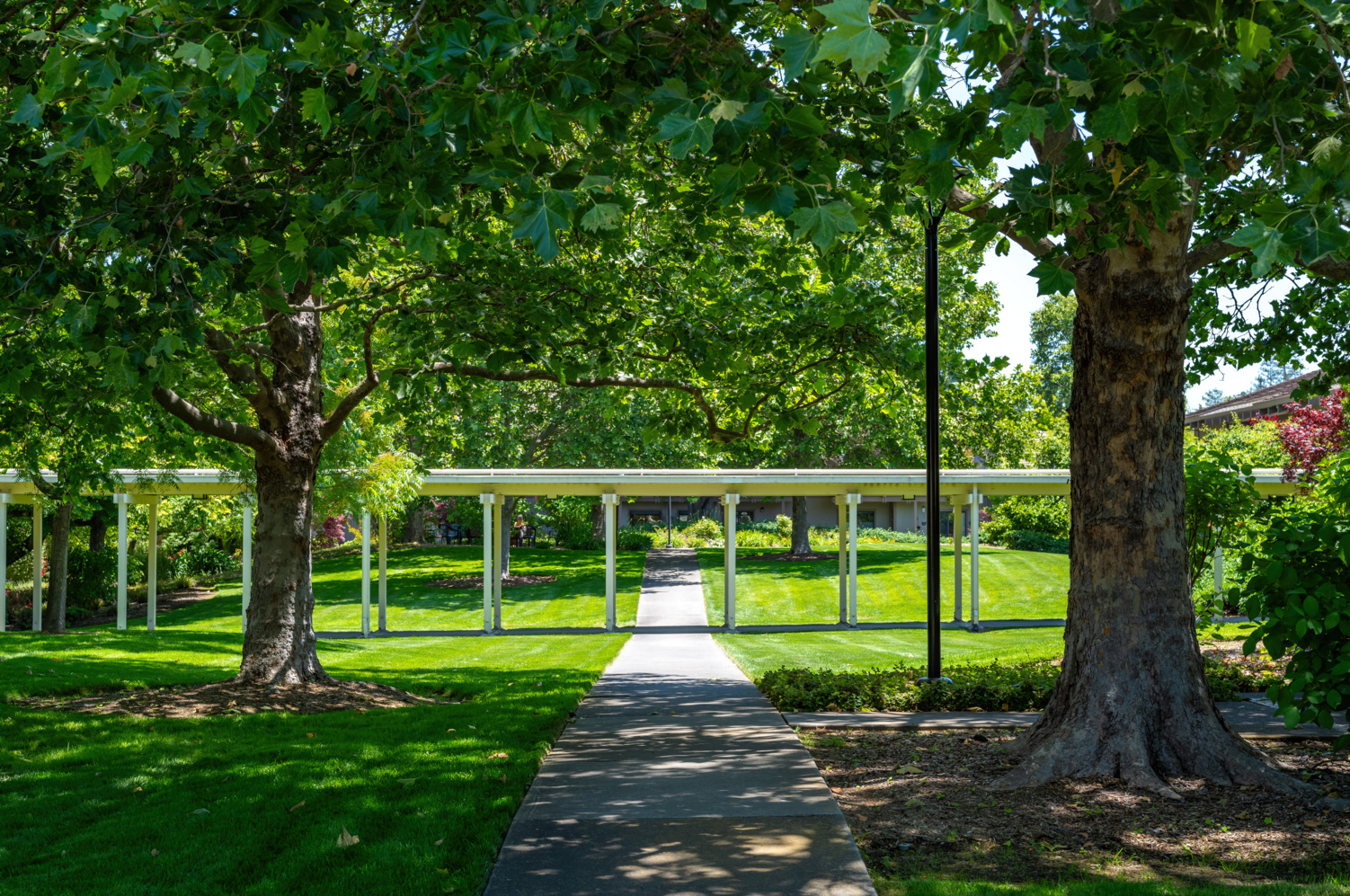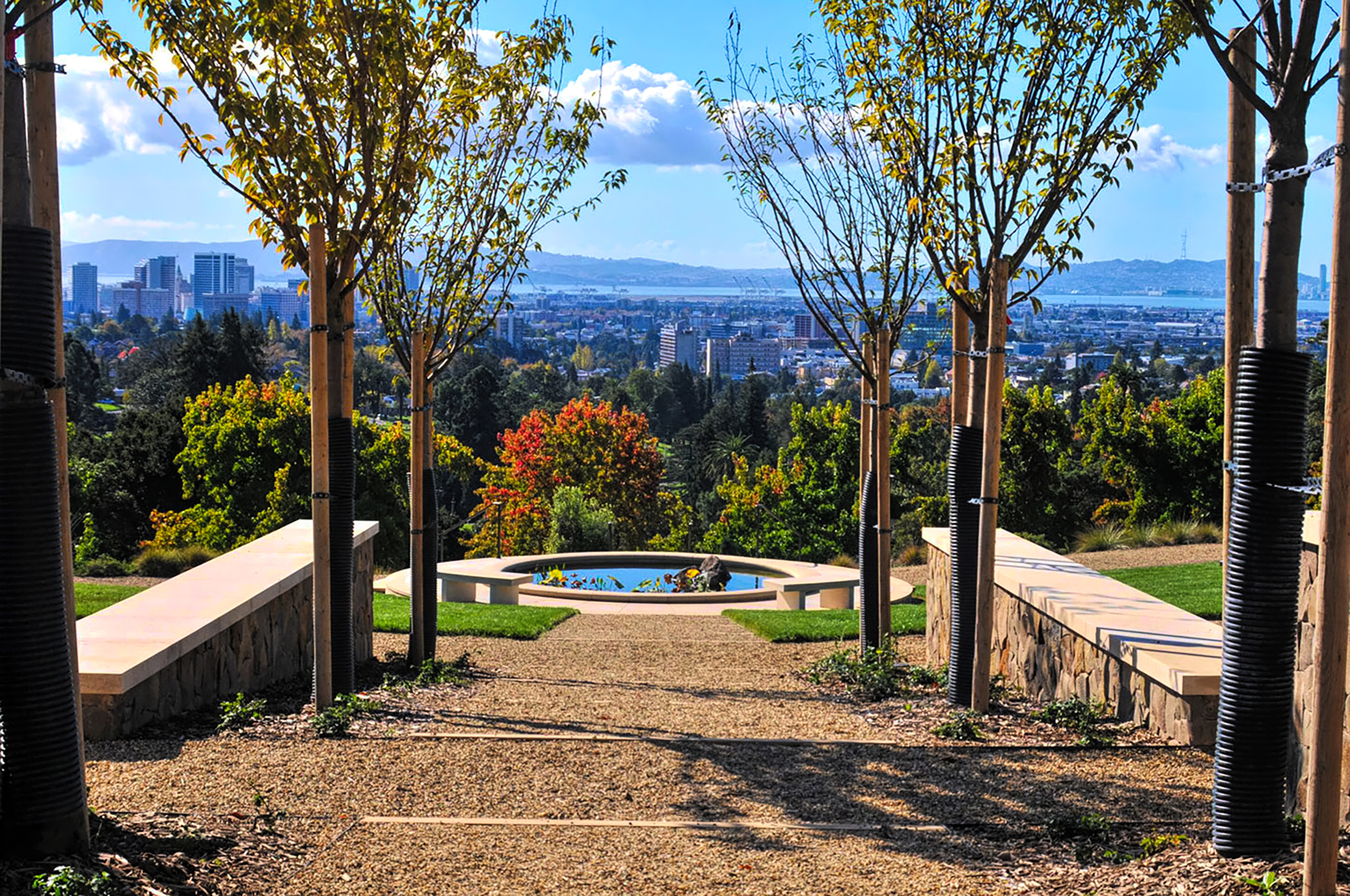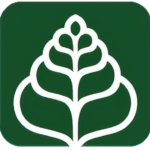9 Common Tree Pruning Mistakes to Avoid
Maintaining healthy and beautiful trees is essential to keeping commercial properties safe, welcoming, and visually appealing. However, improper tree care can lead to long-term damage, weaken structures, and even create safety hazards for your property.
At Cagwin & Dorward, we’ve seen too many avoidable issues caused by incorrect tree care practices. That’s why we’ve compiled best practices to educate property managers, HOAs, and commercial property owners about the nine most common tree care mistakes and how to avoid them.
Whether you’re responsible for maintaining an expansive commercial property or managing a smaller HOA community, keeping your trees healthy is essential for your landscaping’s long-term success.

What is Tree Care?
Before we dig in, it’s crucial to understand what tree care involves.
Tree care is a comprehensive approach to maintaining tree health, safety, and longevity. It includes pruning, structural support, inventory management, plant health care (PHC), and safety assessments. Proper tree care ensures trees remain an asset to your landscape rather than a liability.
As part of tree care, pruning involves carefully removing dead or damaged branches to improve a tree’s health, growth, and structural integrity. It enhances aesthetics but primarily focuses on longevity and safety. Improper pruning and other poor tree care practices can lead to lasting damage and increased risks to people and property.
Now that we’ve clarified the importance of tree care, here are the top mistakes to watch out for when managing the trees on your property.
9 Common Tree Pruning Mistakes to Avoid

1. Over-pruning or topping
Mistake: Removing too much of the tree’s canopy at once—or topping (cutting off the tree’s highest branches)—weakens the tree, leaving it vulnerable to pests, disease, and weak regrowth.
Solution: Use size management pruning instead. This approach reduces the overall size of the tree while preserving its natural shape. When done correctly, size management fosters healthier, stronger growth.

2. Neglecting deadwood removal
Mistake: Allowing dead branches to remain in the tree canopy can create safety hazards and invite pests or diseases.
Solution: Regularly check for and remove deadwood to keep trees healthy and secure. Deadwood removal minimizes risks to pedestrians and property structures while encouraging healthy new growth.
3. Improper structural pruning
Mistake: Ignoring crossing or codominant branches and failing to foster a strong central leader trunk can lead to weaker tree structures prone to splitting.
Solution: Structural pruning helps develop a dominant leader trunk and eliminates crossing or competing branches early on. Correcting these issues improves a tree’s long-term stability and reduces liability on your property.
4. Not raising the canopy
Mistake: Allowing lower branches to block walkways, driveways, or views can reduce property accessibility and aesthetics.
Solution: Crown raising trims lower branches for better clearance beneath the tree while maintaining its natural beauty. This is critical for properties with heavy foot or vehicle traffic.

5. Ignoring density reduction
Mistake: Overcrowded branches block airflow and sunlight, increasing the risk of disease and weak growth.
Solution: Density reduction—or crown thinning—carefully removes up to 25% of live tissue at the canopy’s edge, promoting improved air circulation, sunlight exposure, and lush growth.
6. Failing to address clearance issues
Mistake: Allowing tree branches to crowd buildings, signage, or streets decreases safety and accessibility for your property.
Solution: Ensure proper clearance by pruning branches to provide safe distances, such as 8 feet above sidewalks and 14 feet above streets. Our expert clearance pruning services can balance tree health with community safety.
7. Skipping stump grinding and root management
Mistake: Leaving stumps or surface roots behind after tree removal creates trip hazards and interferes with future planting or landscaping projects.
Solution: Use stump grinding and root grinding services to clear hazards and give your landscape a clean, polished appearance. This step is crucial for maintaining both safety and long-term landscaping flexibility.
8. Overlooking weight reduction
Mistake: Allowing heavy branches to extend outwards without pruning increases stress on the tree, leading to potential breakage.
Solution: End weight reduction removes excess weight from branch tips, reducing stress on the tree and improving its stability. This technique can prevent unexpected and dangerous branch failure.
9. Skipping vista pruning
Mistake: Allowing trees to block scenic views on your property diminishes the overall value and experience of the environment.
Solution: Vista pruning selectively removes obstructive branches, opening up beautiful views without compromising the tree’s health. While not considered a BMP standard, this technique is ideal for enhancing views of commercial properties or high-value landscapes.

Why Trust Cagwin & Dorward for Tree Care?
When done correctly, tree pruning balances tree health with property safety and aesthetics. Our team of skilled, certified arborists takes the time to evaluate each tree’s unique needs to create tailored pruning solutions.
Our services include structural pruning, clearance pruning, hazard mitigation, and more, ensuring every tree on your property is cared for with precision and expertise. We believe in maintaining not just your property’s beauty but also prioritizing safety and your tree’s health and longevity.
Whether you’re located in an HOA community or managing a large commercial property, we are here to help you avoid these common mistakes and maintain optimal tree health.
Take the First Step Toward Proper Tree Care
Don’t leave your trees’ health to chance. At Cagwin & Dorward, we blend decades of industry experience with a passion for helping property managers maintain beautiful and thriving landscapes.
Curious about how we can help your property? Reach out to us today to learn more about our tree care and landscape maintenance solutions.

